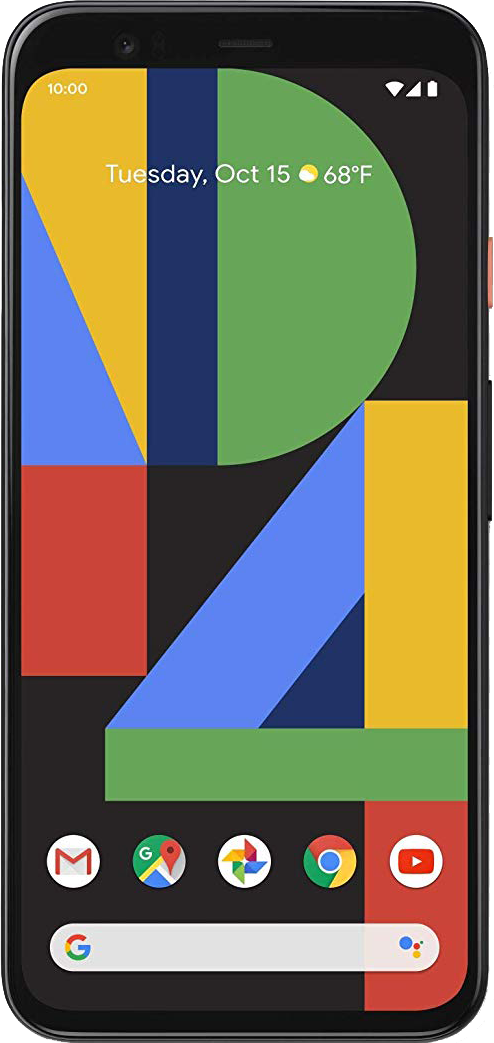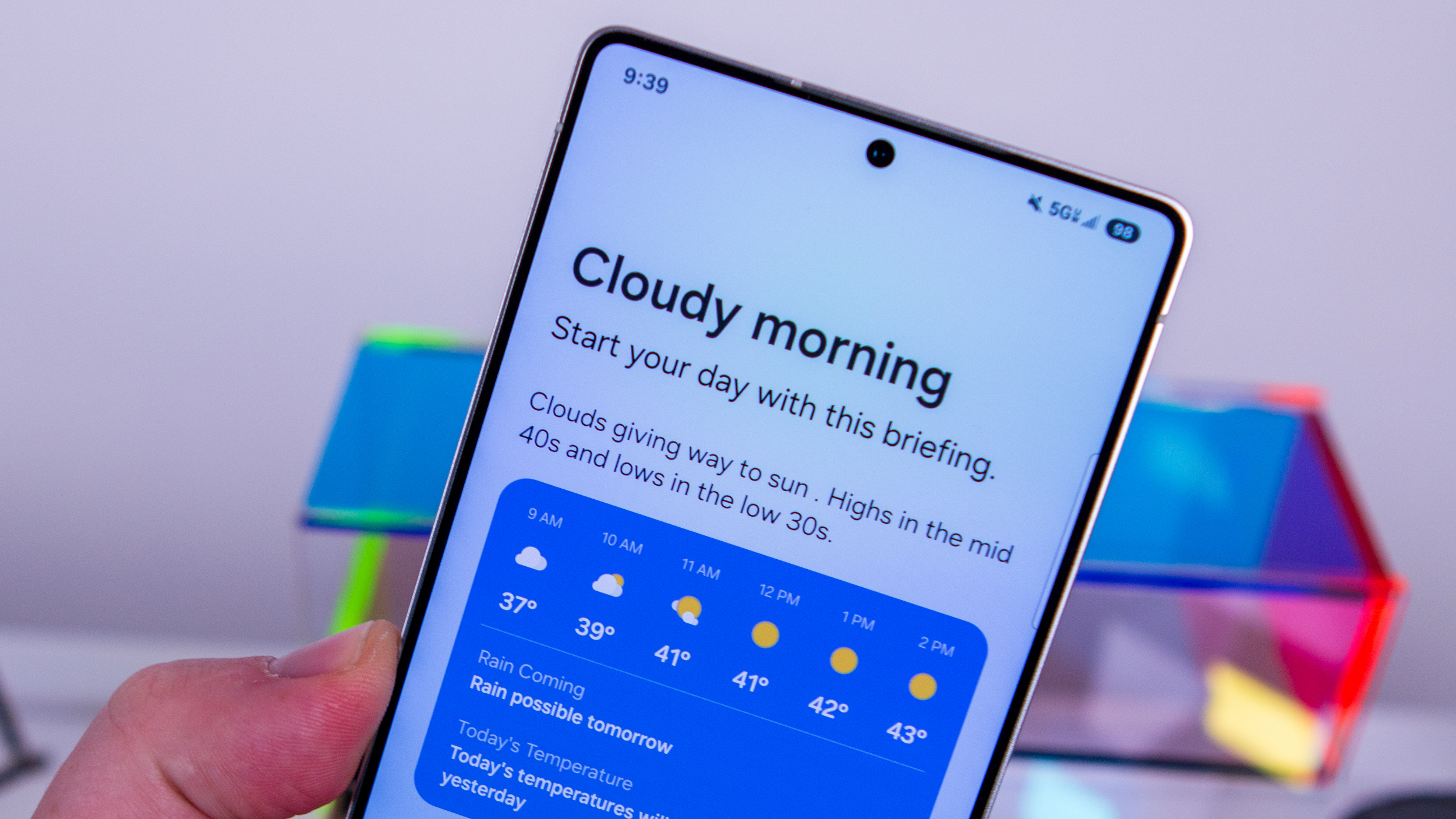Pixel 4a vs. Pixel 4: Which should you buy?

Google Pixel 4a

The Pixel 4a offers unbeatable value with tremendous camera performance, good battery life, and years of software support.
Google Pixel 4a
Clear choice
Google Pixel 4

The Pixel 4 is still an excellent phone, but it's hard to justify the higher price given how many of its features spill over to the Pixel 4a.
Google Pixel 4
Flagship specs
In recent years, Google's Pixel line has been known for one thing above all else: the camera experience. The Pixel 4 takes absolutely stunning photos, day or night, and offers clean, responsive software with years of promised updates ahead of it.
But here's the thing: so does the Pixel 4a, and it does all of that for less than half of the Pixel 4's original price. The Pixel 4 has seen many discounts since its release, but it's still considerably more expensive than the 4a — so which is right for you?
Pixel 4a vs. Pixel 4: A massive price gap

Rarely are two phones' hardware differences so clearly laid out, but with nearly identical software and cameras, the Pixel 4a and Pixel 4 are uniquely divided almost entirely by specs and design.
As Google's flagship model of last year, the Pixel 4 packs the high-end Snapdragon 855 processor, along with Google's dedicated Neural Core for advanced image processing. The 4a's mid-range 730G is still a decent performer, but without the Neural Core, you'll be waiting a bit longer for each photo you take to fully process.
| Category | Google Pixel 4a | Google Pixel 4 |
|---|---|---|
| Operating System | Android 10 | Android 10 |
| Display | 5.8 inches, 19.5:9 aspect ratio, 2340x1080 (443 ppi) resolution, OLED | 5.7 inches, 19:9 aspect ratio, 2280x1080 (444 ppi) resolution, OLED |
| Processor | Qualcomm Snapdragon 730G | Qualcomm Snapdragon 855 |
| Graphics | Adreno 618 | Adreno 640 |
| Memory | 6GB | 6GB |
| Storage | 128GB | 64/128GB |
| Rear Camera | 12.2MP, ƒ/1.7 (wide-angle) | 12.2MP, ƒ/1.7 (wide-angle)16MP, ƒ/2.4 (telephoto) |
| Front Camera | 8MP, ƒ/2.0 | 8MP, ƒ/2.0 |
| Security | Rear fingerprint sensor | Face ID |
| Battery | 3140mAh | 2800mAh |
| Water Resistance | No | IP68 |
| Dimensions | 144 x 69.4 x 8.2mm | 147.1 x 68.8 x 8.2mm |
| Weight | 143g | 162g |
The difference you'll probably notice much sooner, however, is the Pixel 4a's plastic backing. It feels decidedly less premium than the glass back on the Pixel 4 (which you'll find in either a matte or gloss finish, depending on the color you opt for) but holds up better to hard falls. Wireless charging also remains exclusive to the pricier Pixel 4, as does IP-certified water resistance, though you at least get NFC with both, allowing for contactless payments.
Be an expert in 5 minutes
Get the latest news from Android Central, your trusted companion in the world of Android
Interestingly, the Pixel 4a has a more modern design around the front, with much tighter bezels and a hole punch camera cutout in the top-left corner of the display. By contrast, the Pixel 4 has fairly large bezels above and below the screen, though that's largely due to the stereo speakers and Google's Soli radar sensors, which enable Motion Gestures for controlling music playback and other features hands-free.
How much do you really value a top-of-the-line processor and a glass back?
Soli also allows the Pixel 4 to authenticate using Face Unlock, which maps out your face in 3D for a secure, fast way to get into your phone. The 4a reverts to the rear-mounted fingerprint sensor of the past, but that could come in handy these days while everyone is wearing masks. In addition, only the Pixel 4 features Edge Sense, which detects when you squeeze the sides of the phone to activate Google Assistant.
Despite a more modern look, the Pixel 4a's screen isn't quite up to the same quality as the Pixel 4's, either. It's fine by all measures, especially considering its low price, but colors aren't quite as rich, and perhaps more importantly, you'll lose out on the Pixel 4's 90Hz refresh rate, with the 4a maxing out at 60Hz.
Pixel 4a vs. Pixel 4: Virtually indistinguishable experiences

As mentioned before, the software is nearly identical on each phone — a barebones build of Android 10 with a suite of great features like Live Captions and real-time transcriptions in the Voice Recorder app. The Pixel 4a isn't quite as snappy as the Pixel 4, but it still has perfectly acceptable performance, and you can install the Android 11 Beta on either phone if you're itching to try something new.
Being Pixel devices, both phones are also guaranteed to receive years of software updates. The 4a, in particular, should receive support until late 2023, which is unheard of for a phone at its price point. This is a huge selling point and means that your money will take you further with the Pixel 4a than nearly any other affordable phone.
There's not much left to justify the extra cost of the Pixel 4.
One area where the Pixel 4a actually has a huge advantage over the Pixel 4 is in battery life. The Pixel 4 has notoriously poor endurance, with the minuscule 2,800mAh battery partially to blame. While the 4a's 3,140mAh cell isn't much bigger on paper, the combination of a lower-powered processor and the 60Hz display means it's able to make it through a full day of use without any trouble.
Of course, photography is the biggest talking point with these phones, and for just $350, the Pixel 4a takes remarkably similar photos to the Pixel 4. Whether in broad daylight or even at night using Google's Night Sight and Astrophotography modes, the 4a's shots are nearly carbon copies of the Pixel 4's, though you do lose the latter's secondary telephoto camera.
Ultimately, the Pixel 4a offers an extremely comparable experience to that of the Pixel 4, with few compromises to justify spending the extra money on the pricier option. Even Google realizes this — the Pixel 4 was recently discontinued, just nine months after its initial release. It's still easy to find at other retailers at a discount, but unless you absolutely need top-tier specs and can't wait for the upcoming Pixel 5, the 4a is the clear choice for most.
It's why it's not only one of our favorite budget Android phones, but it's also one of our favorite Android phones overall.
Hayato was a product reviewer and video editor for Android Central.


